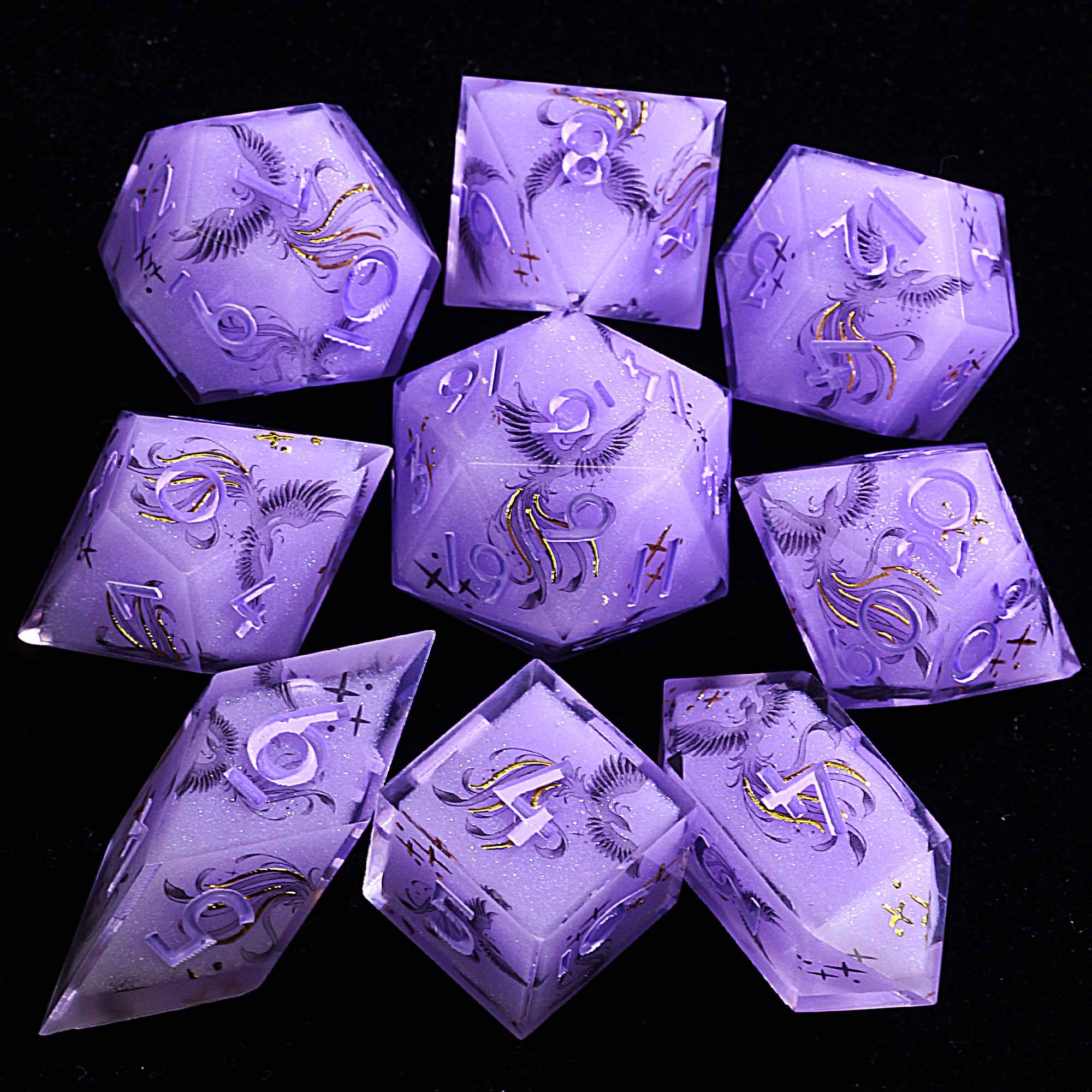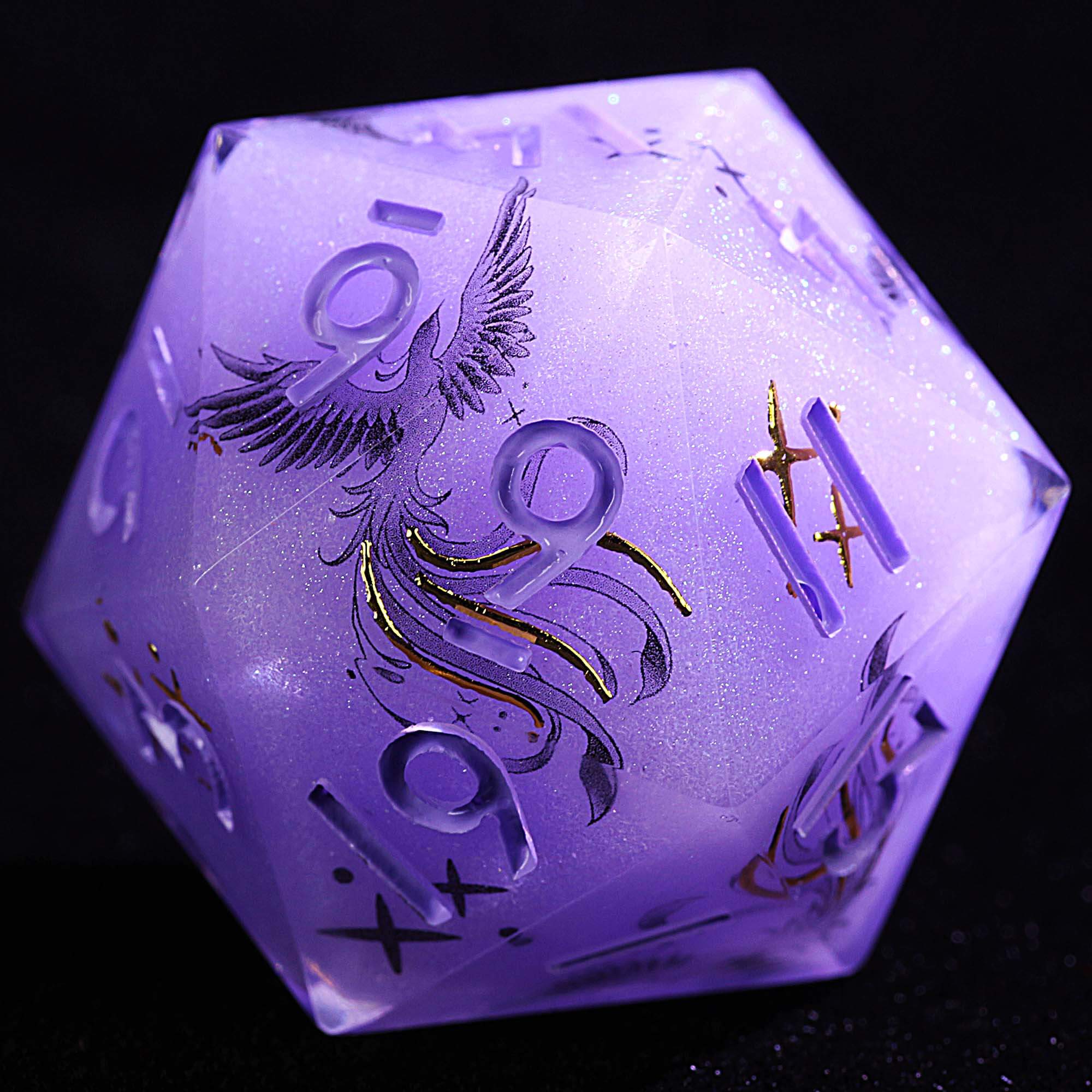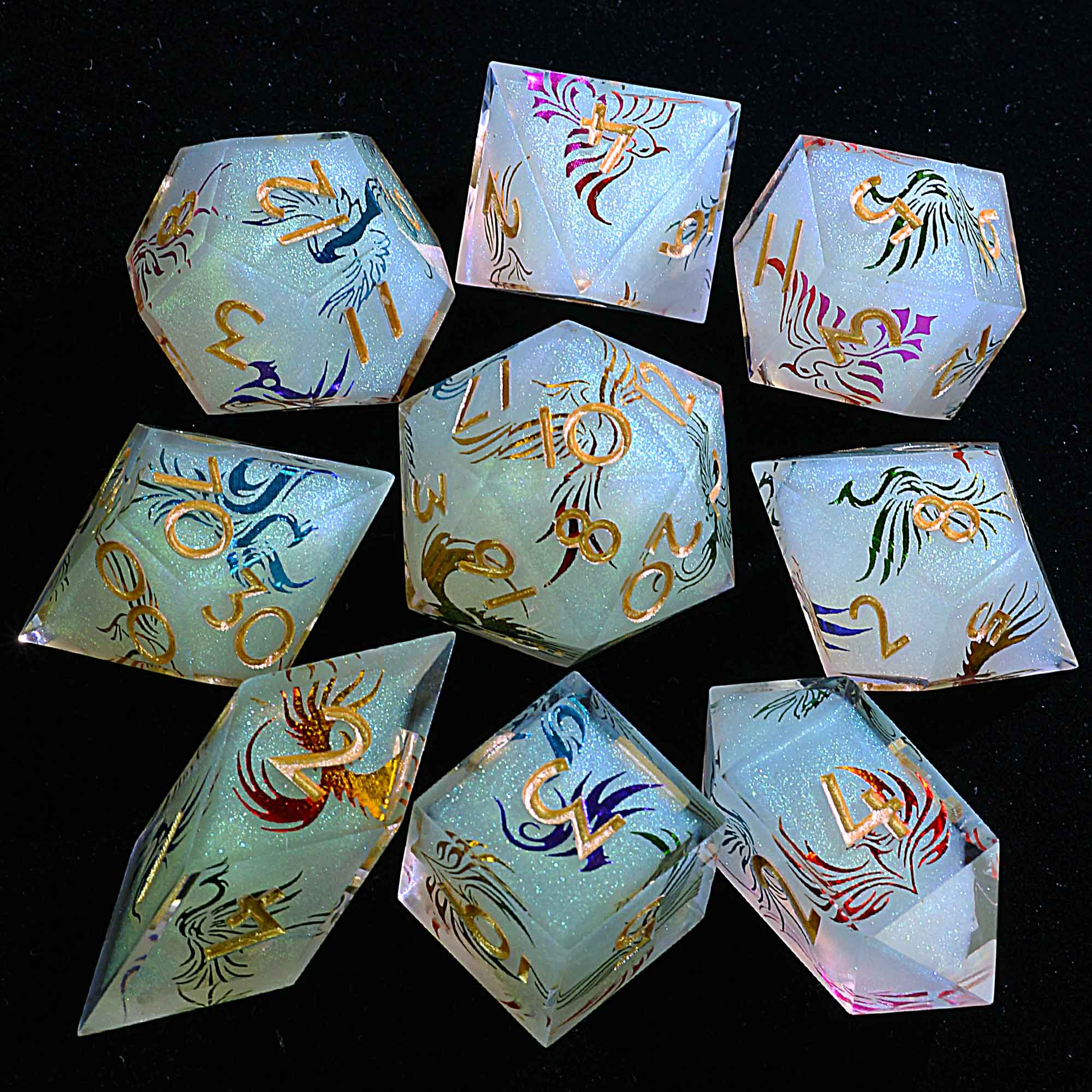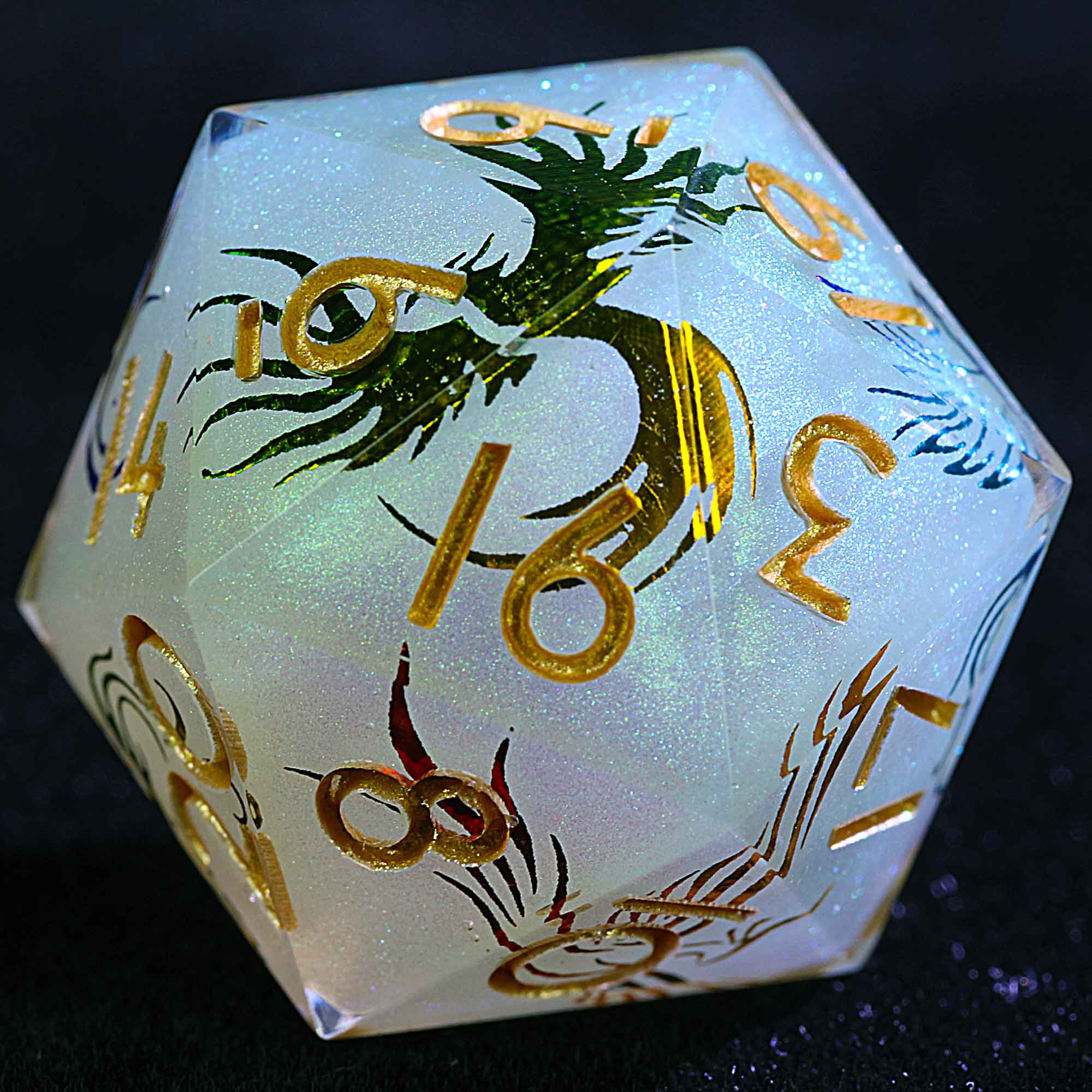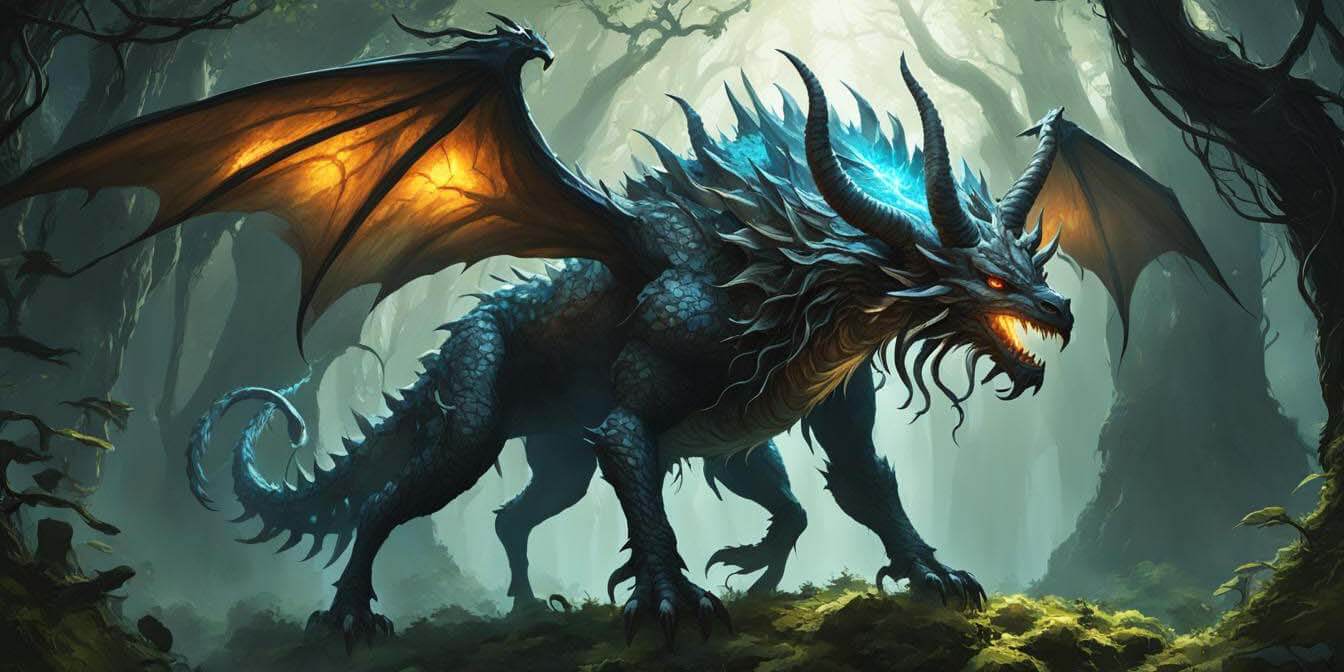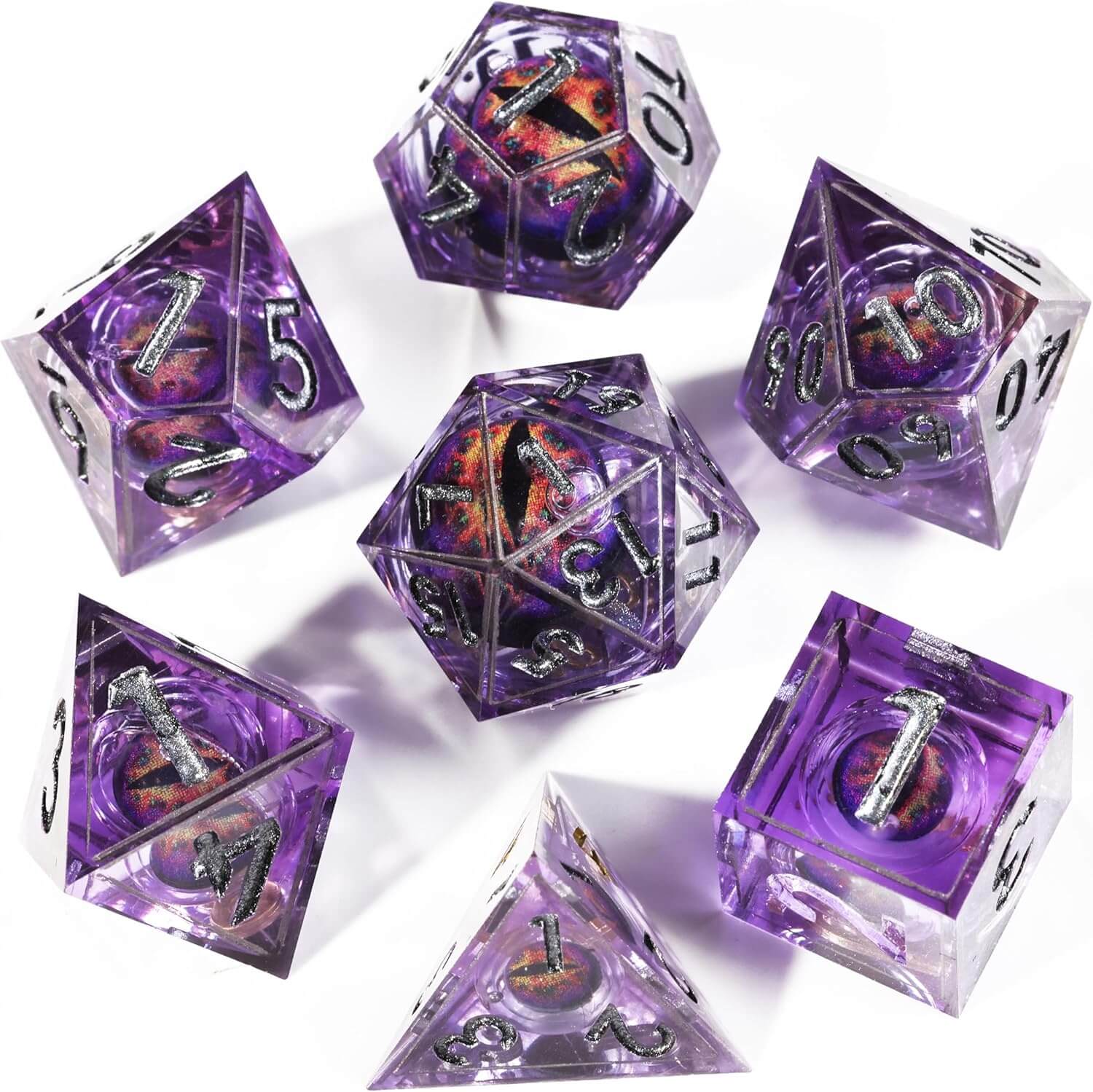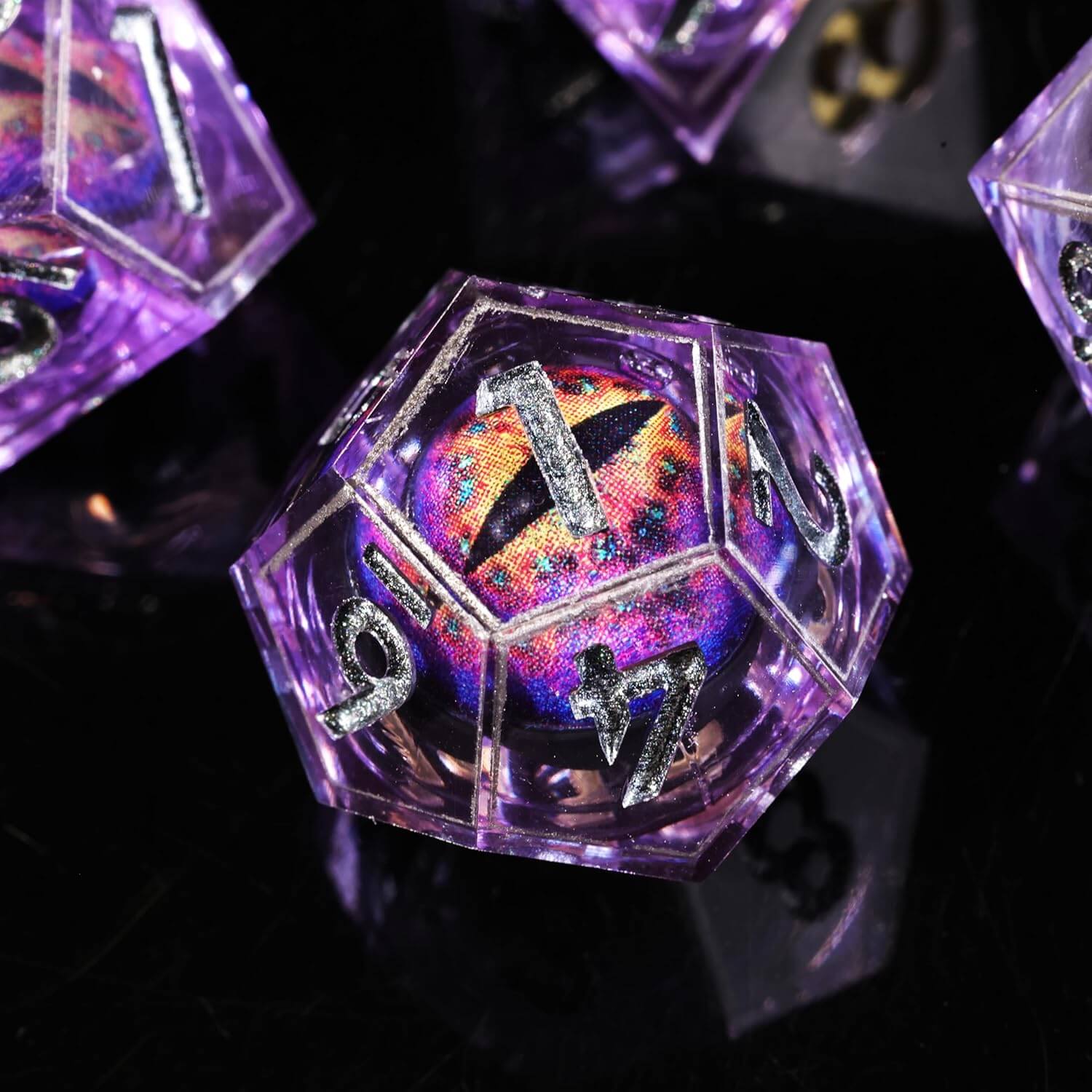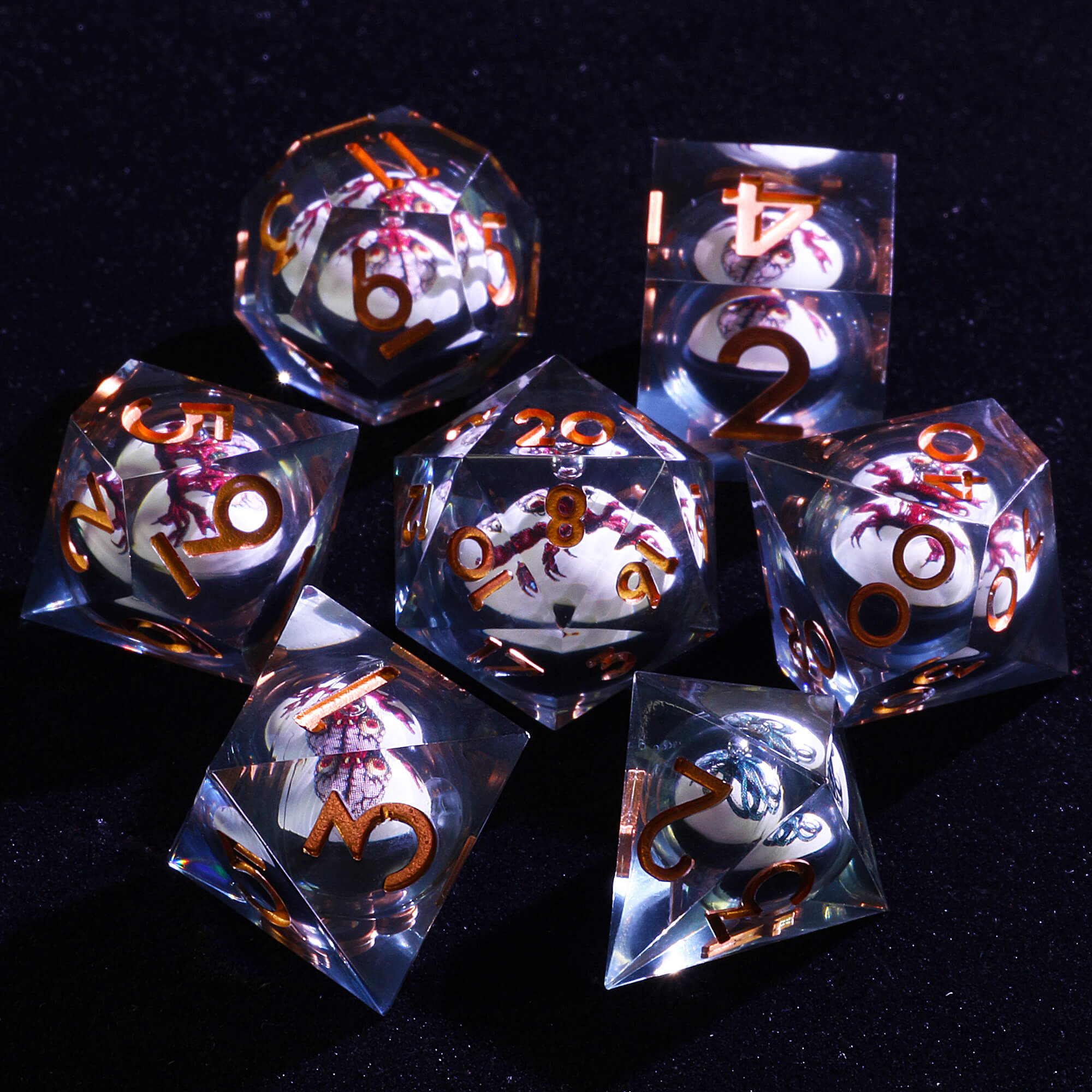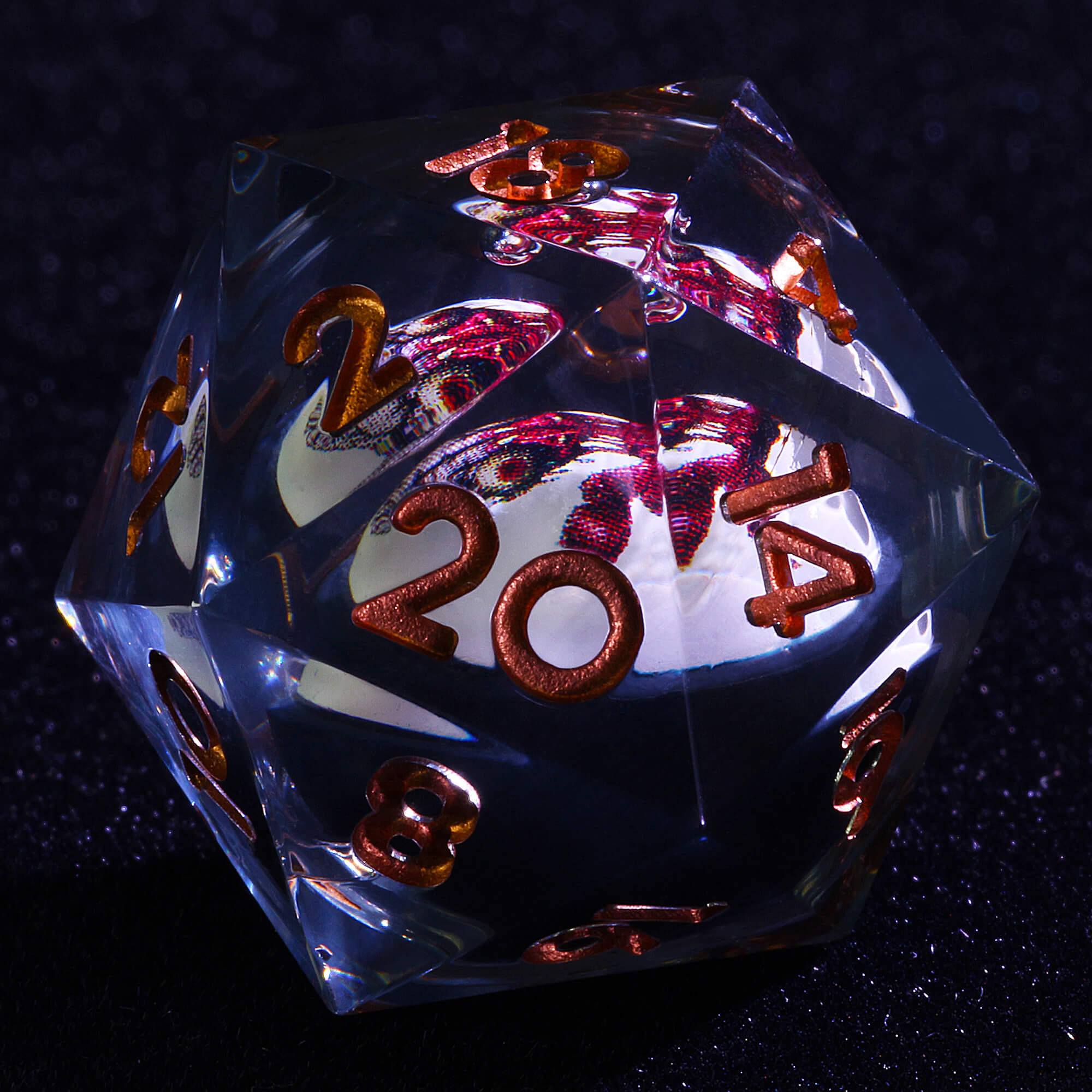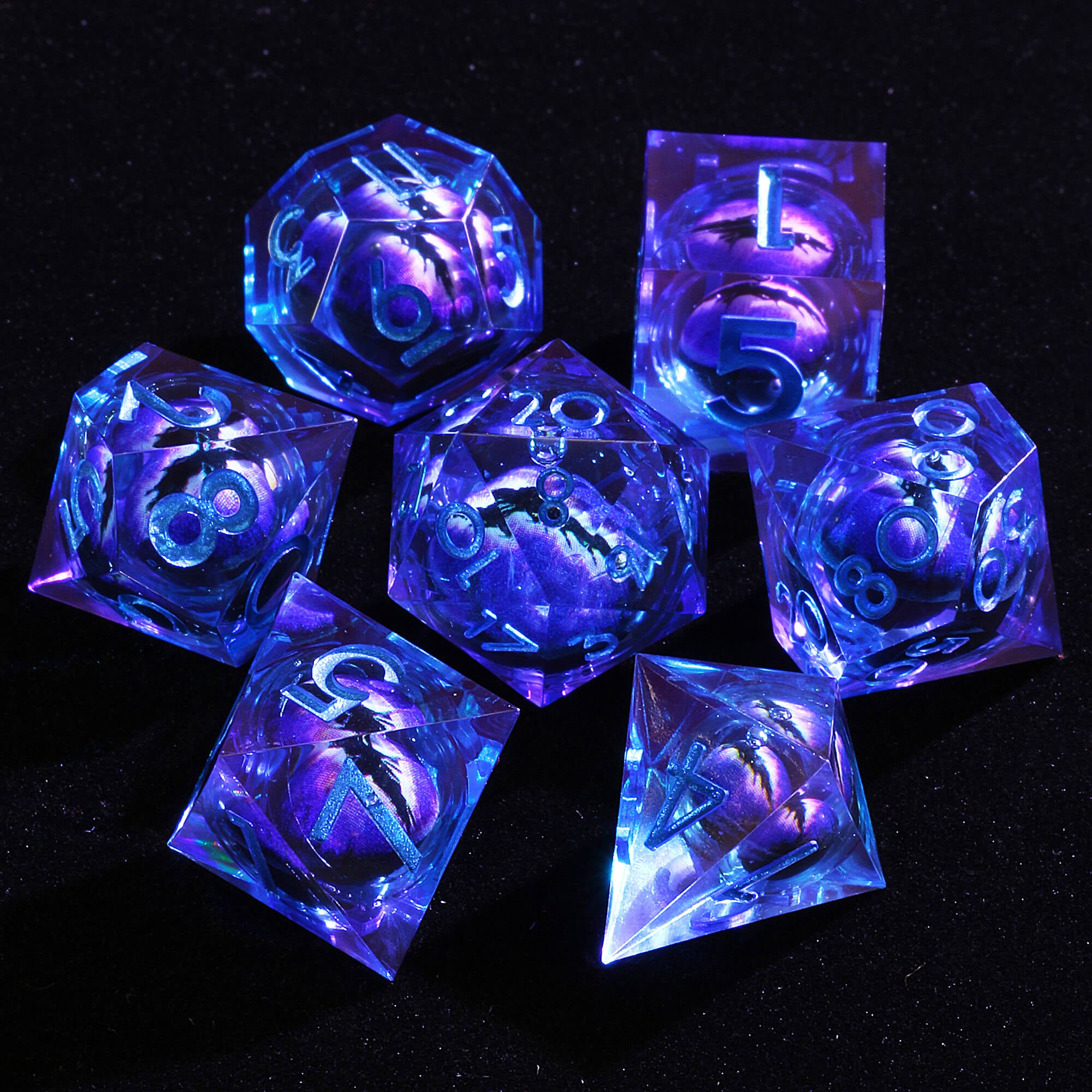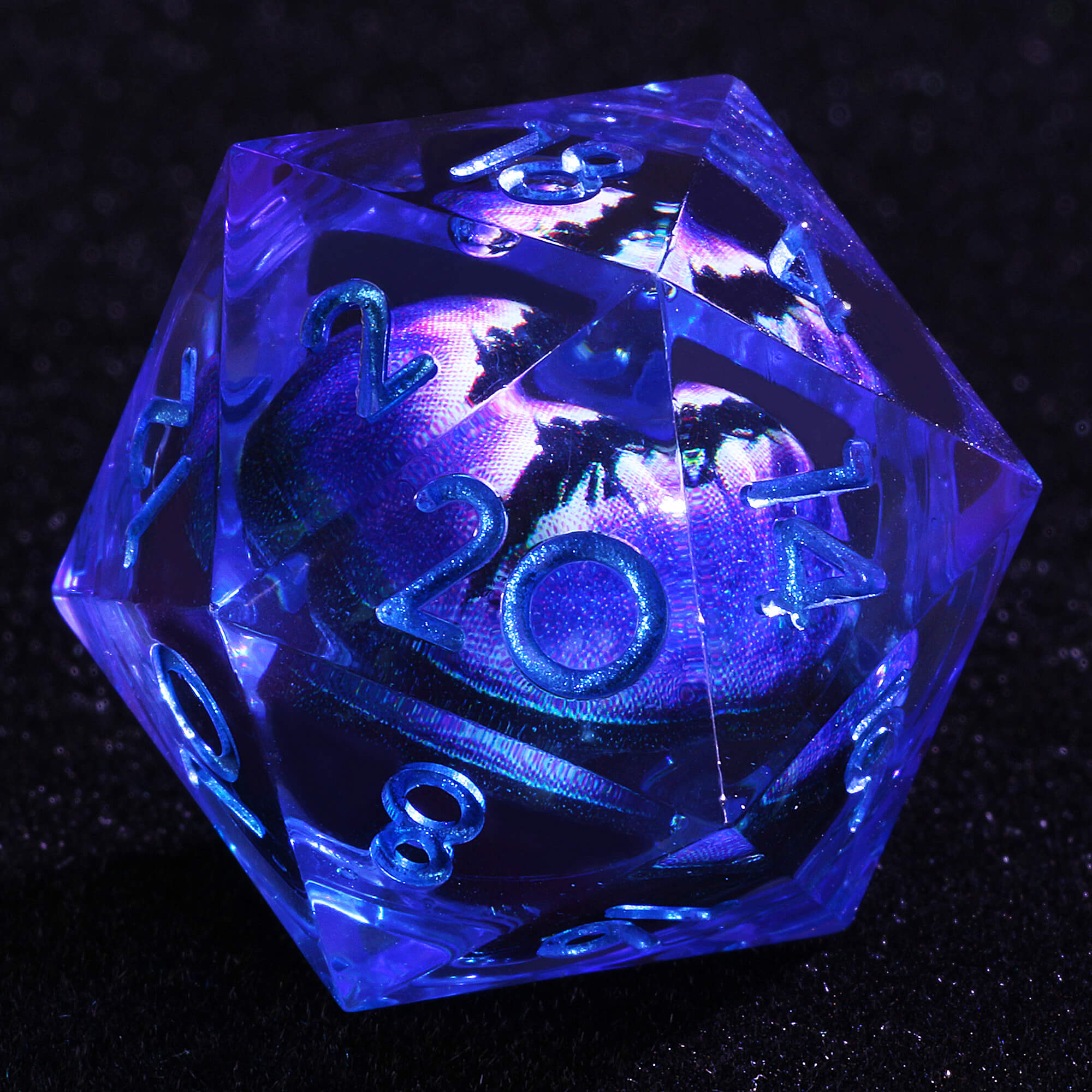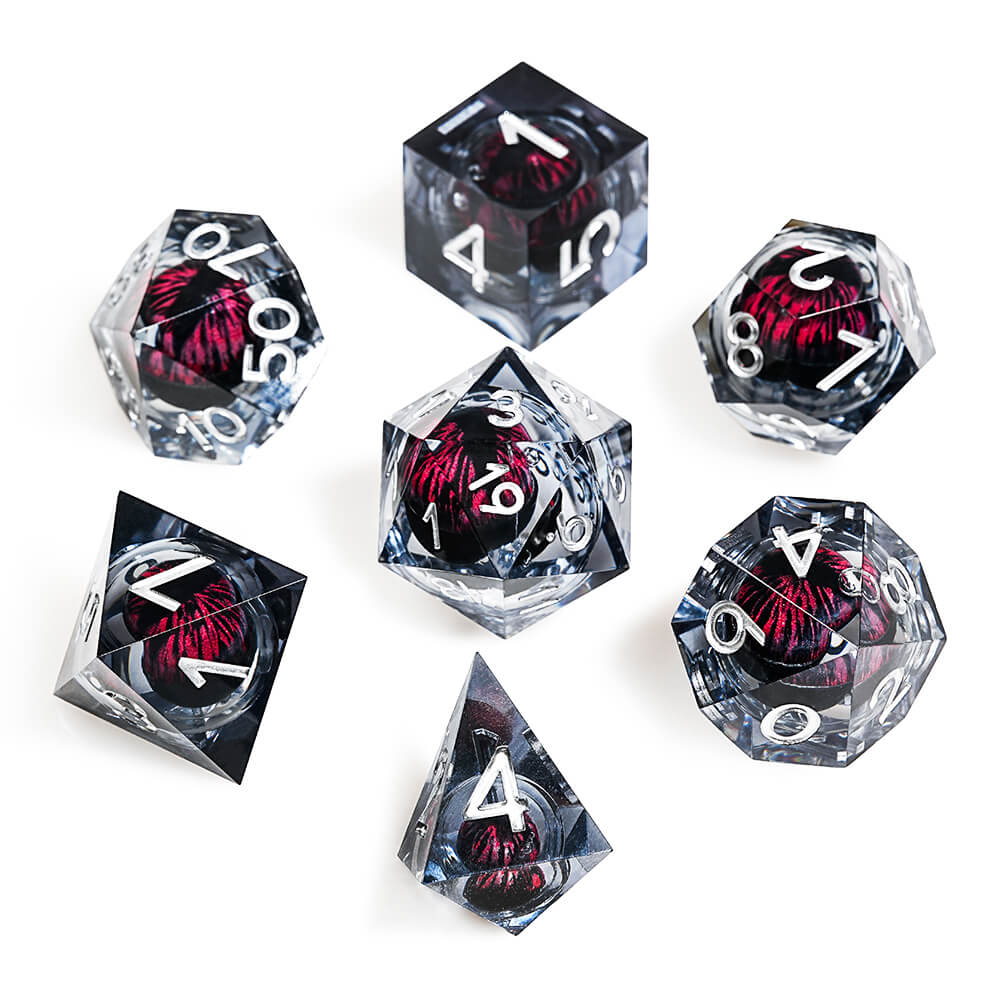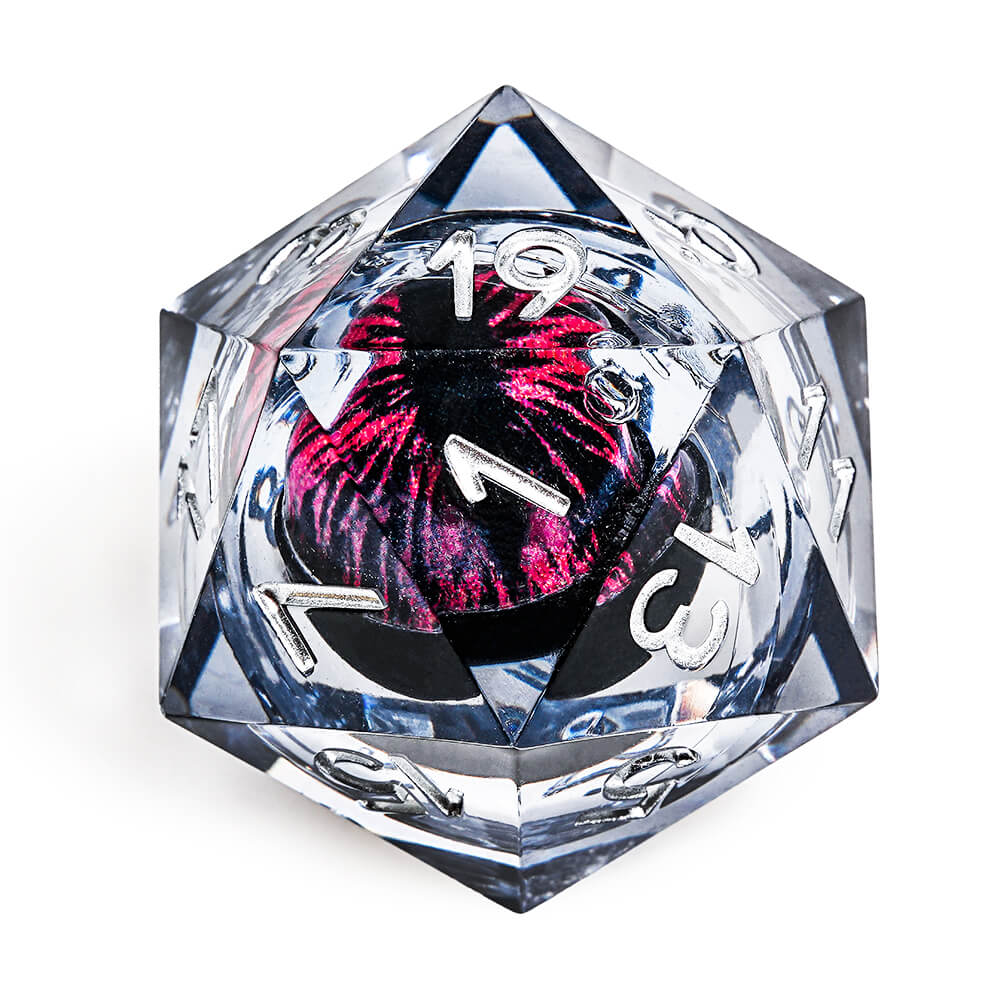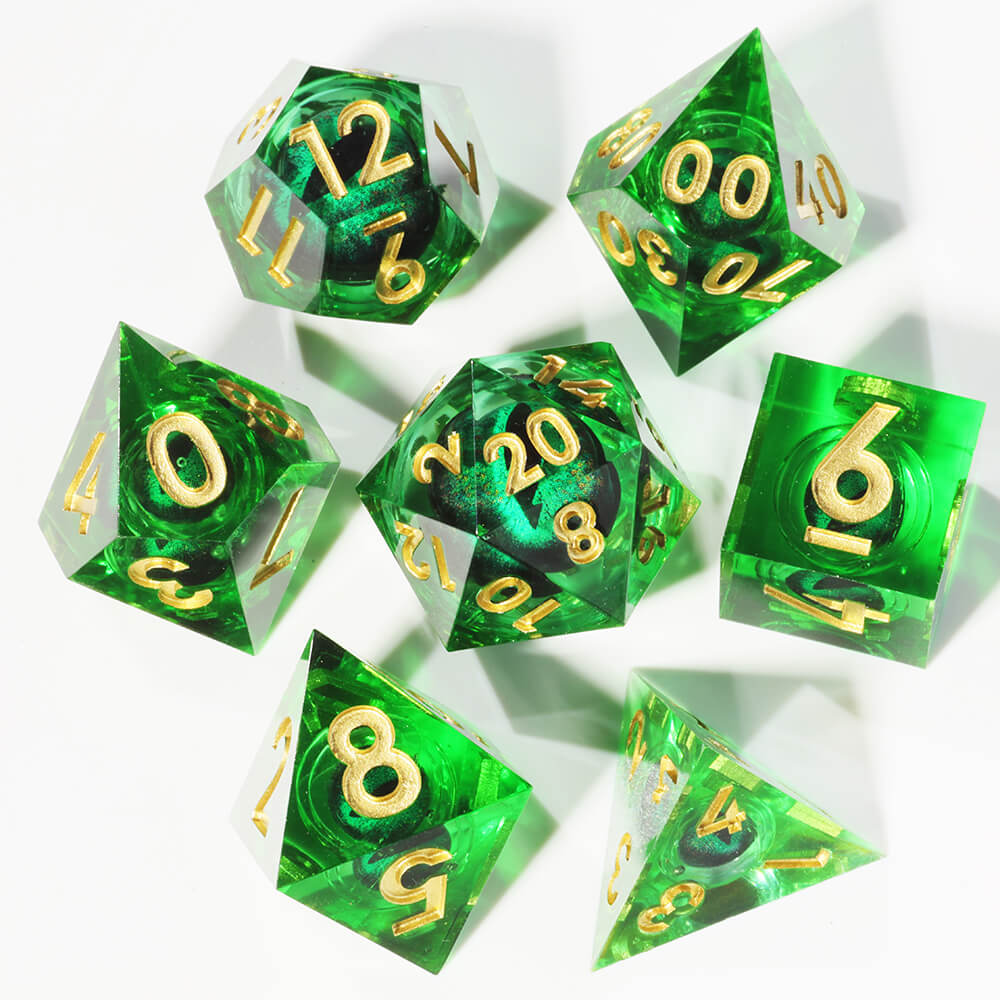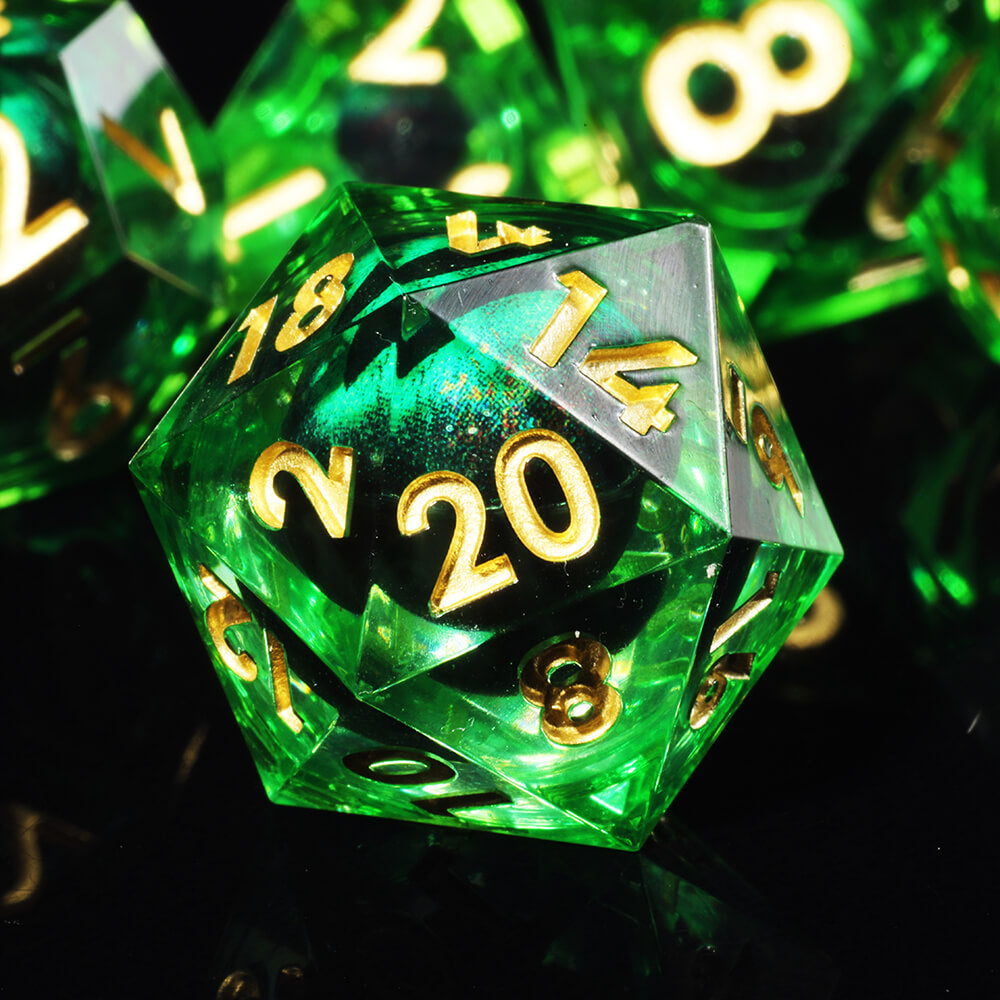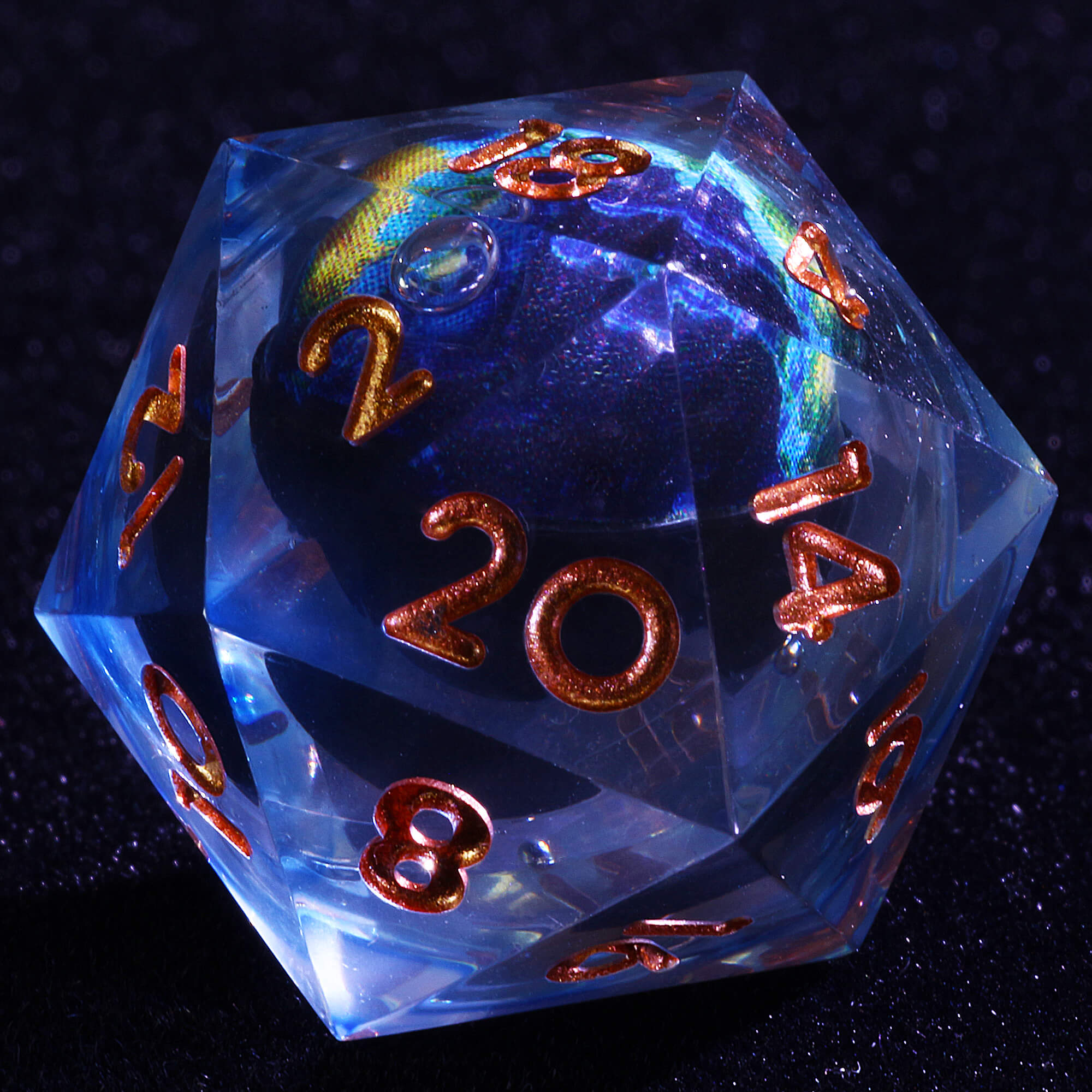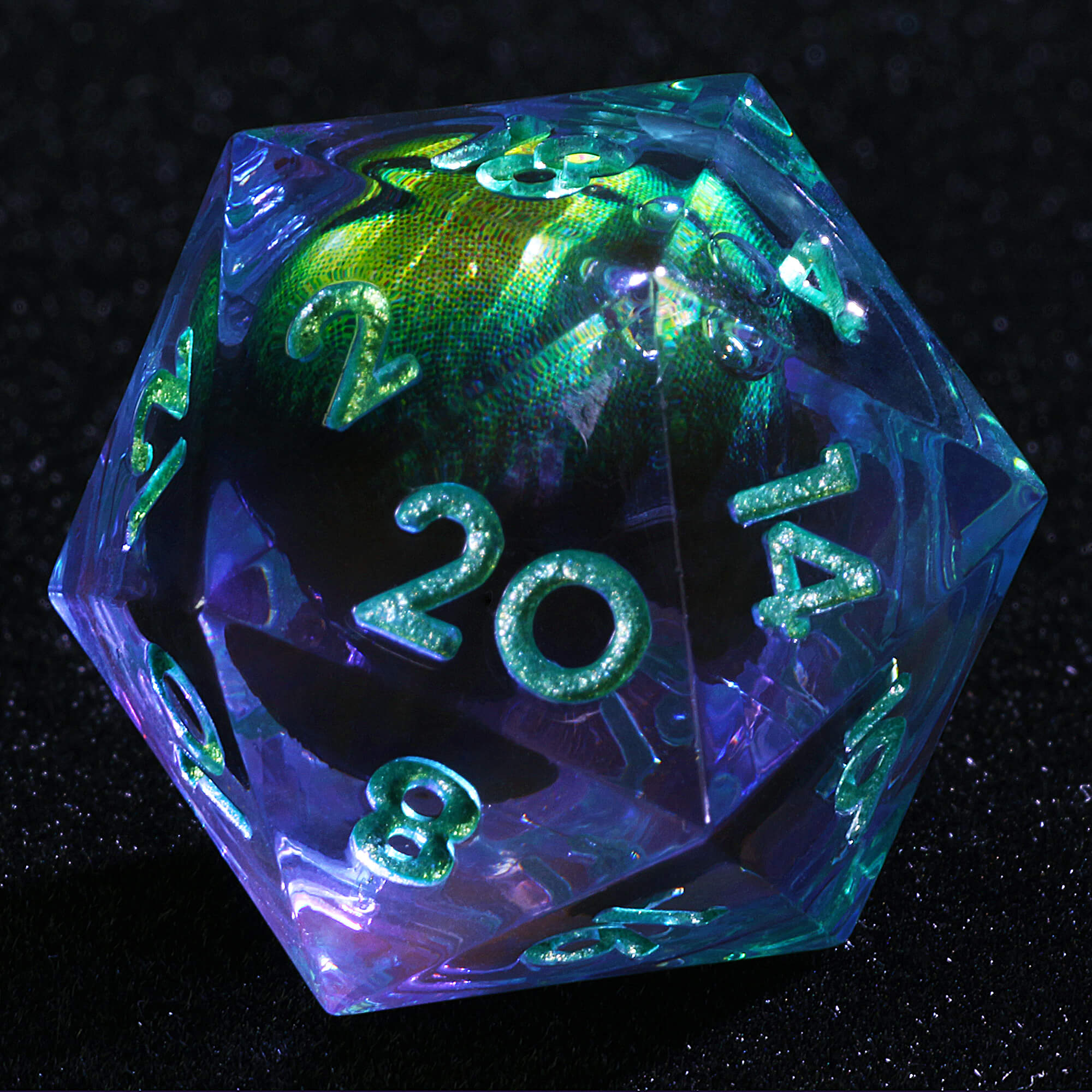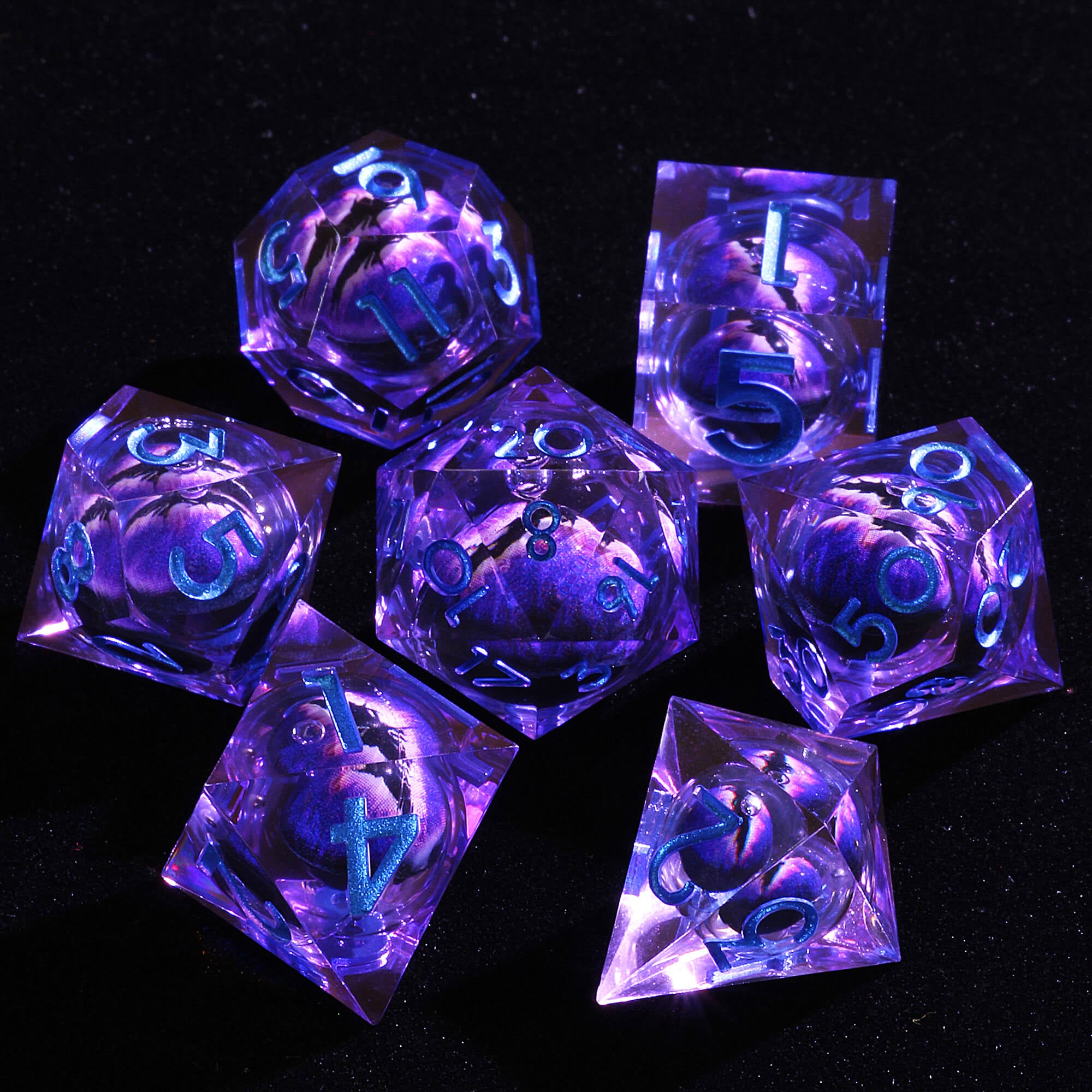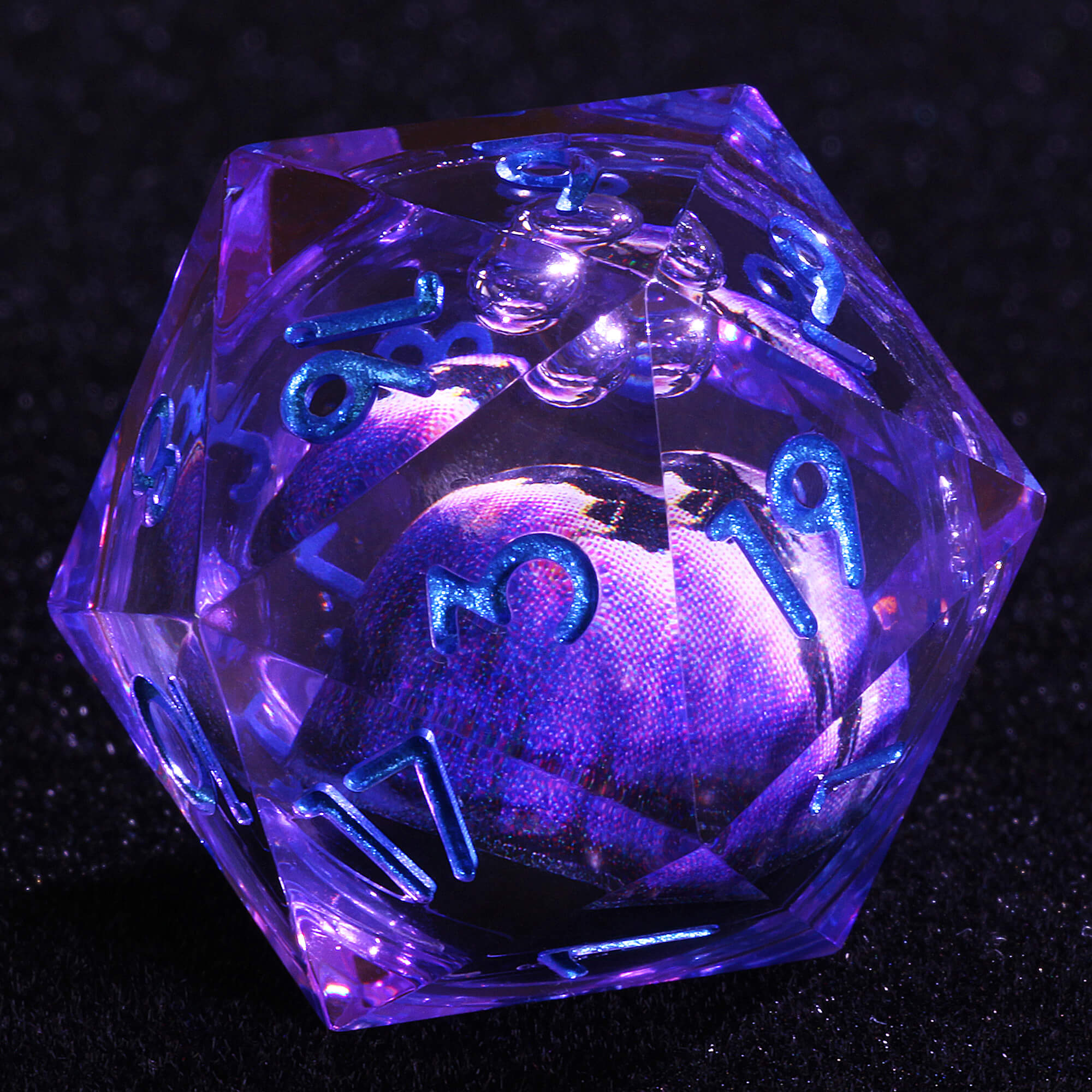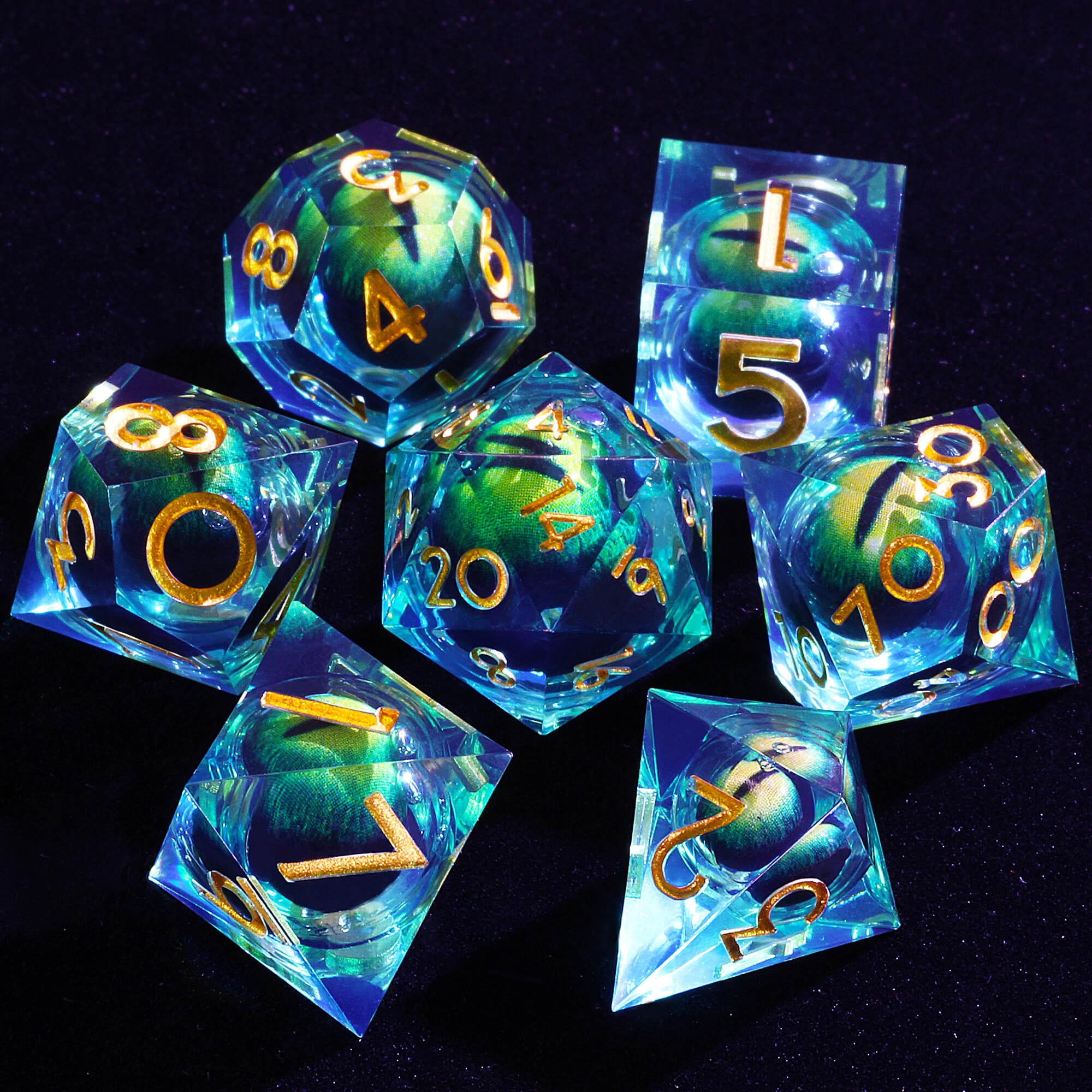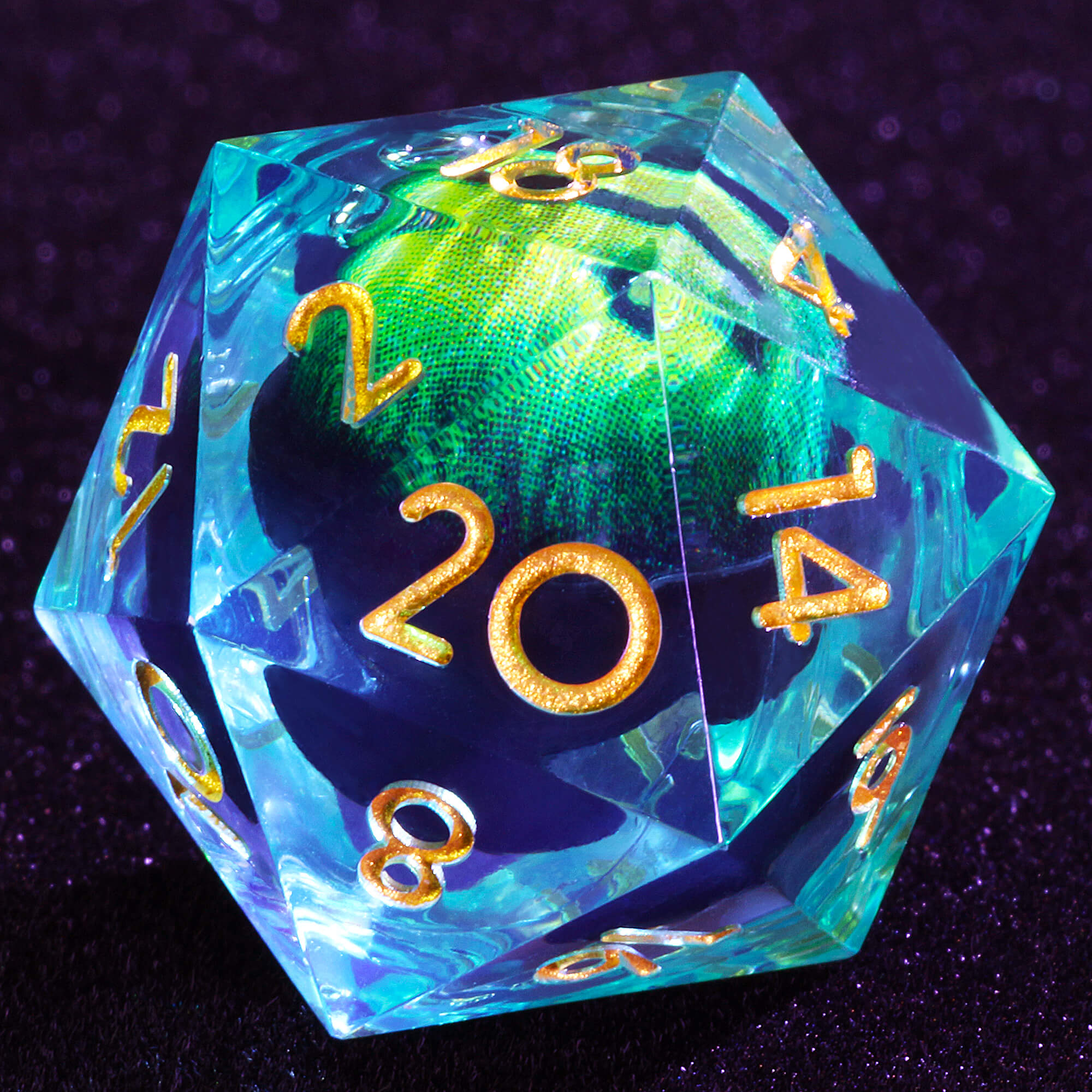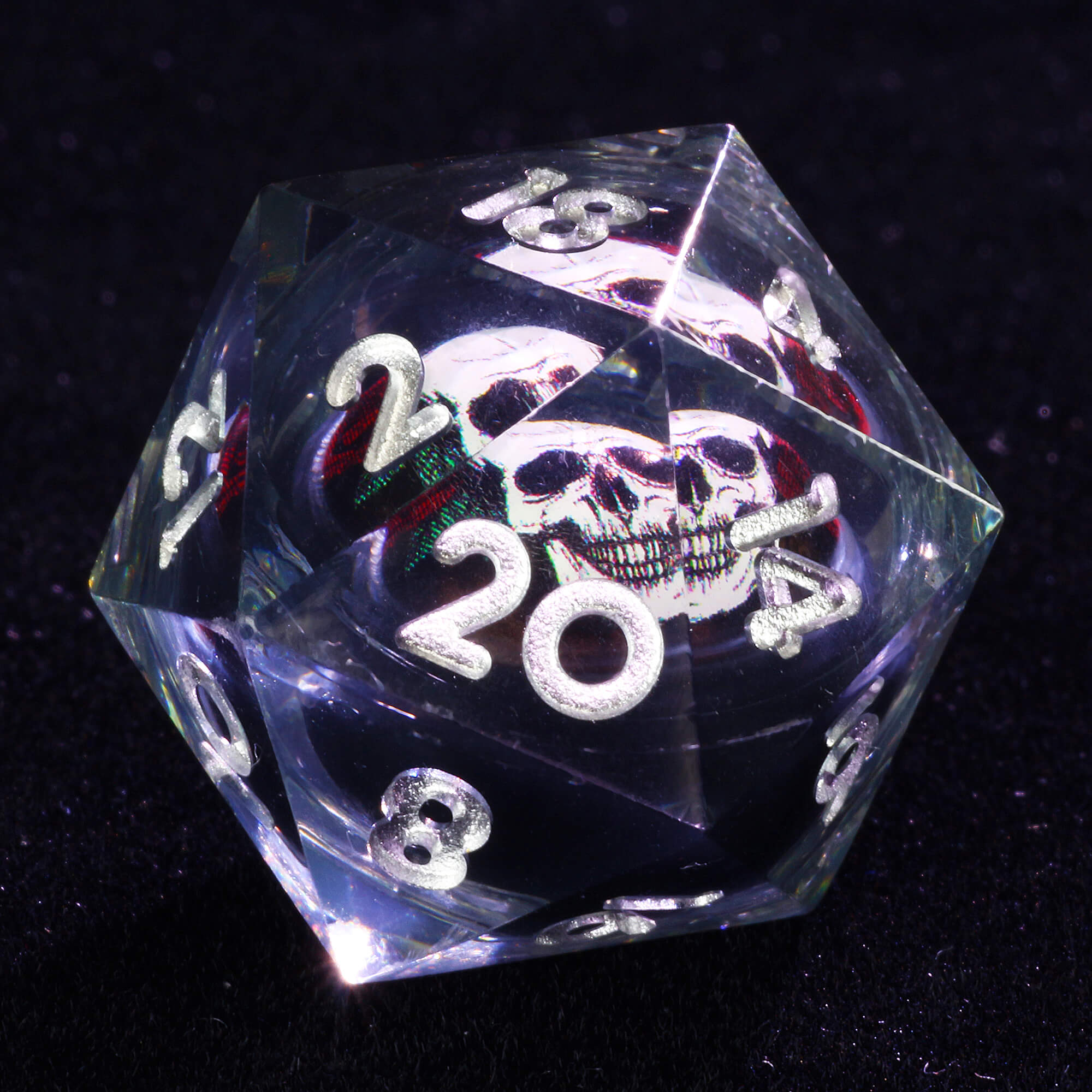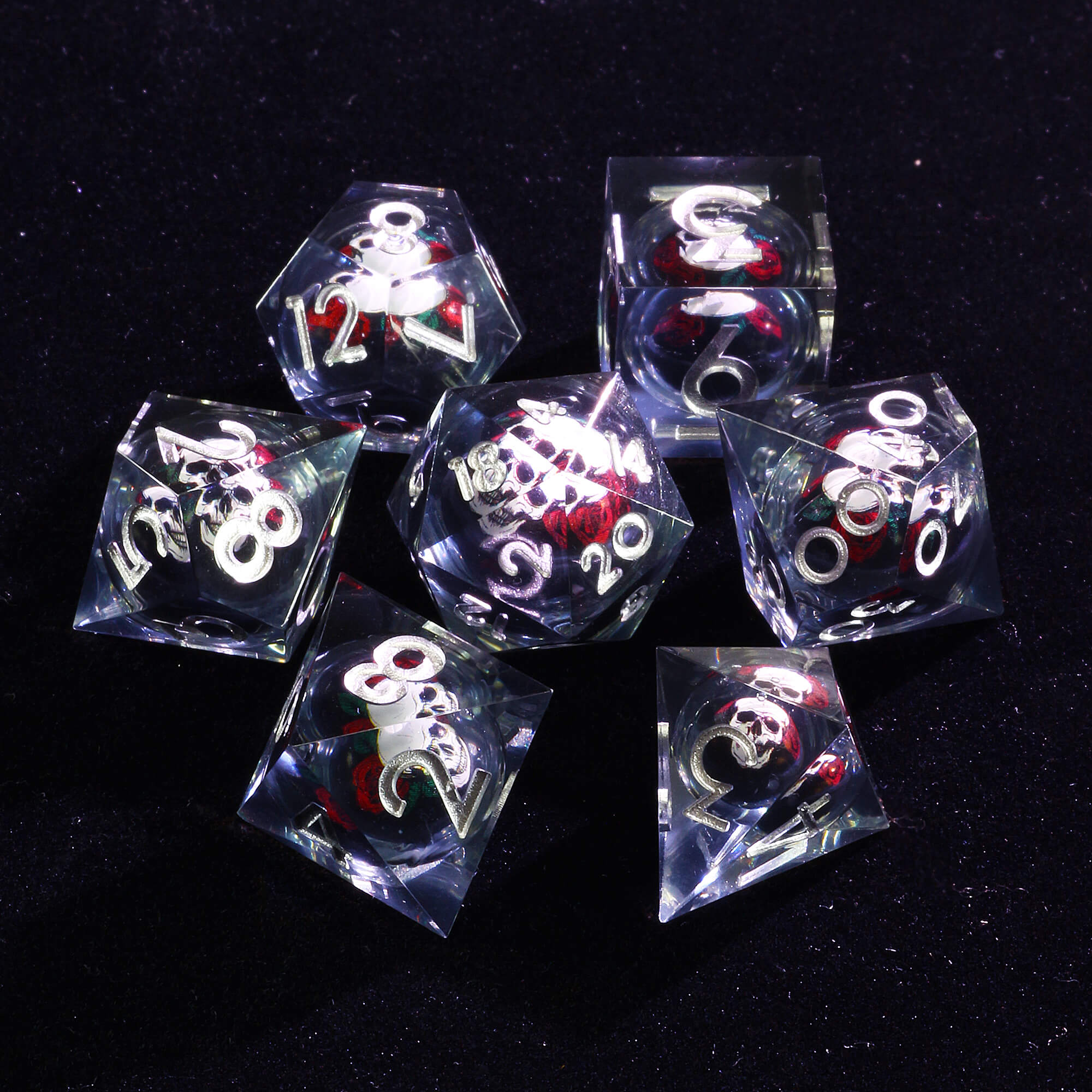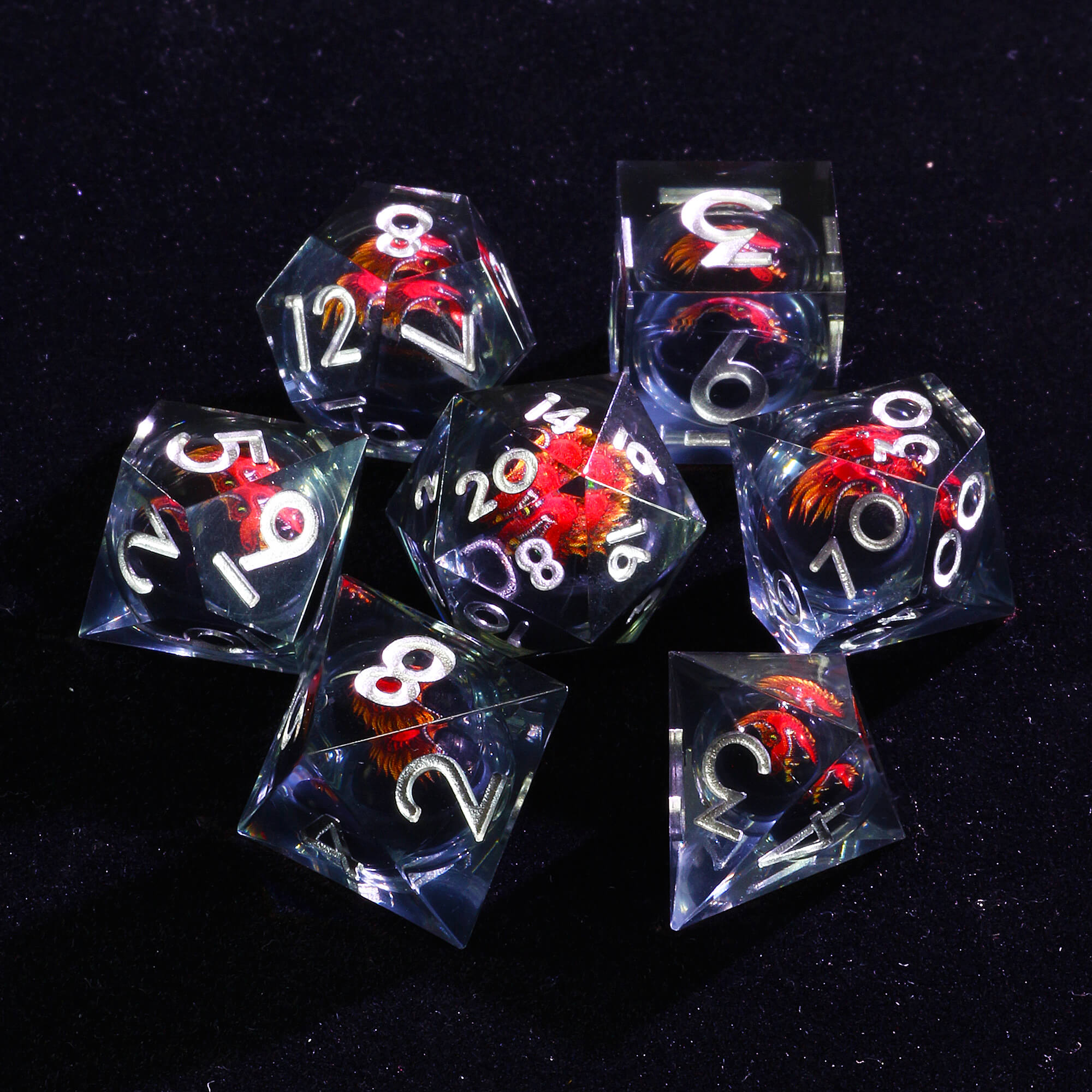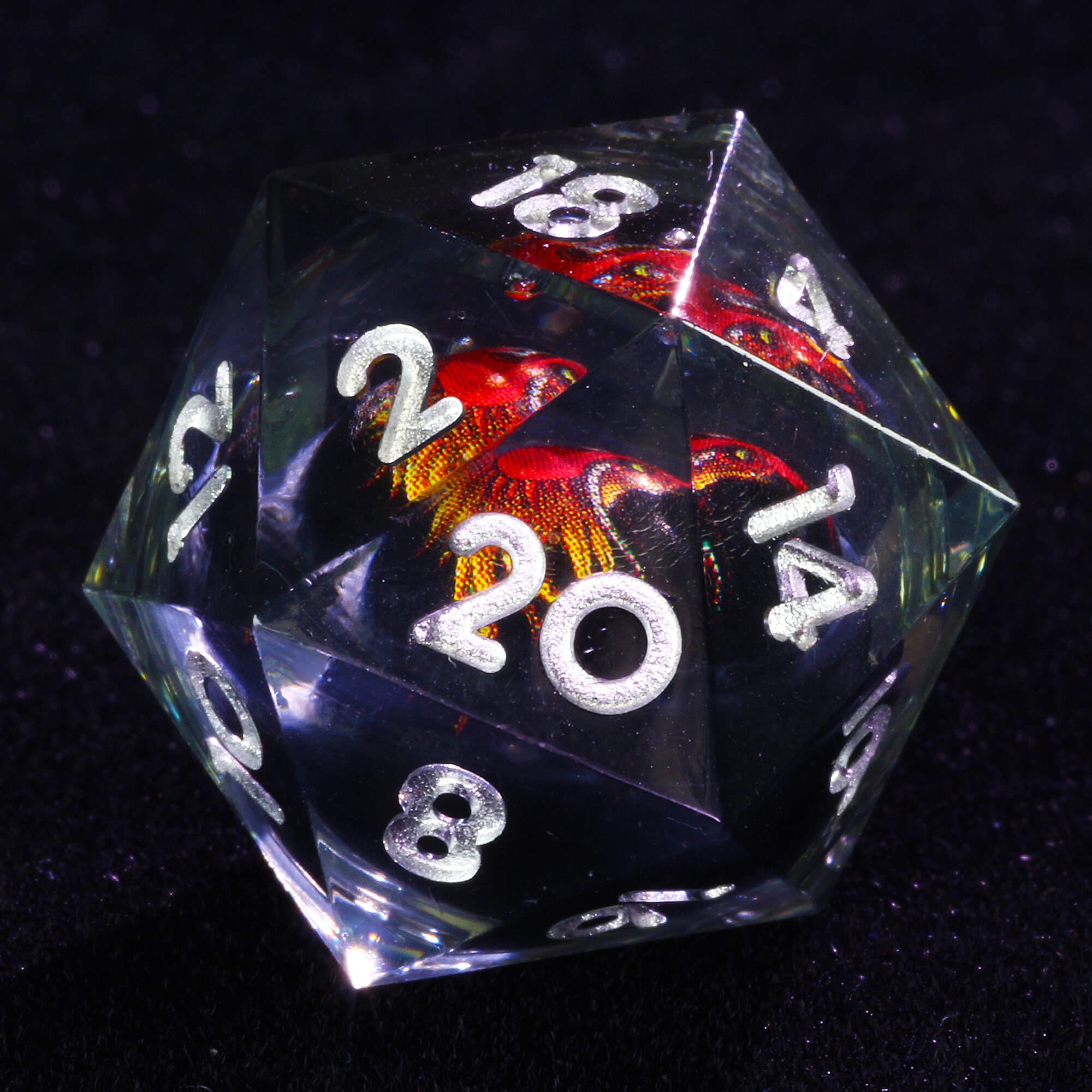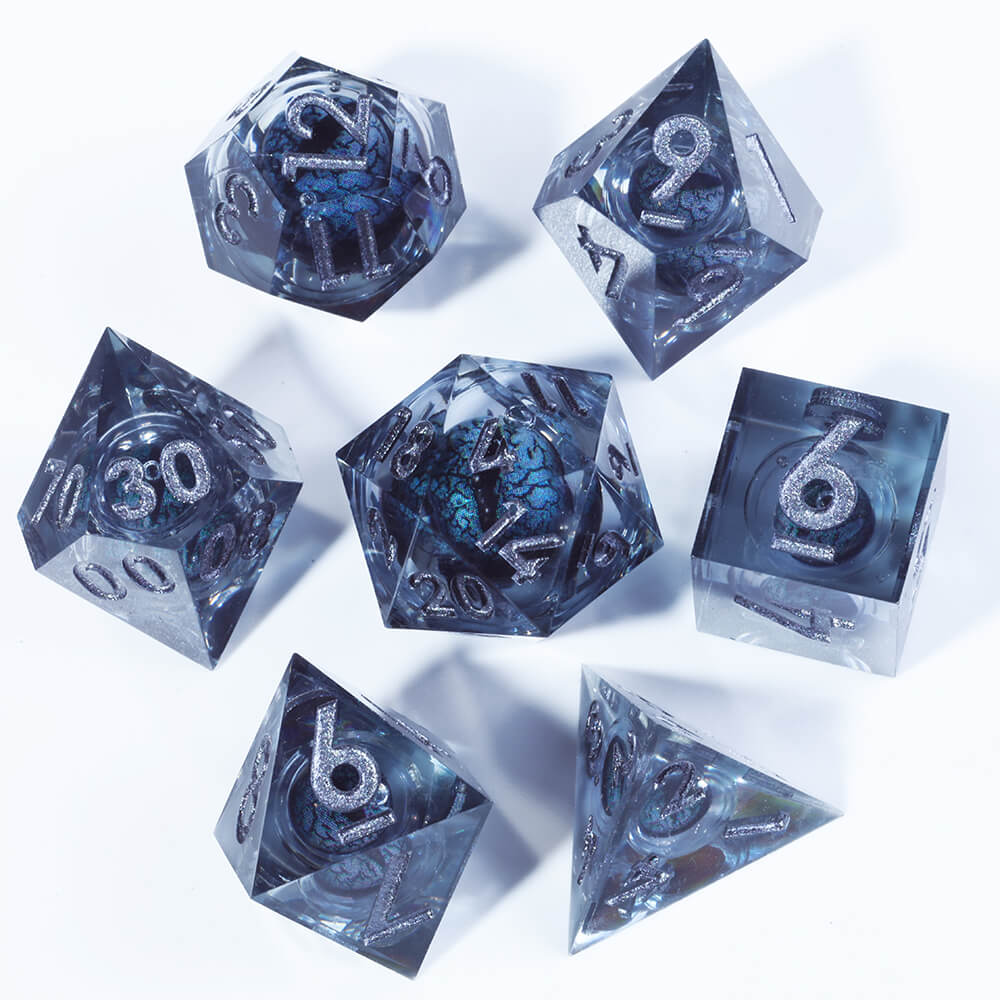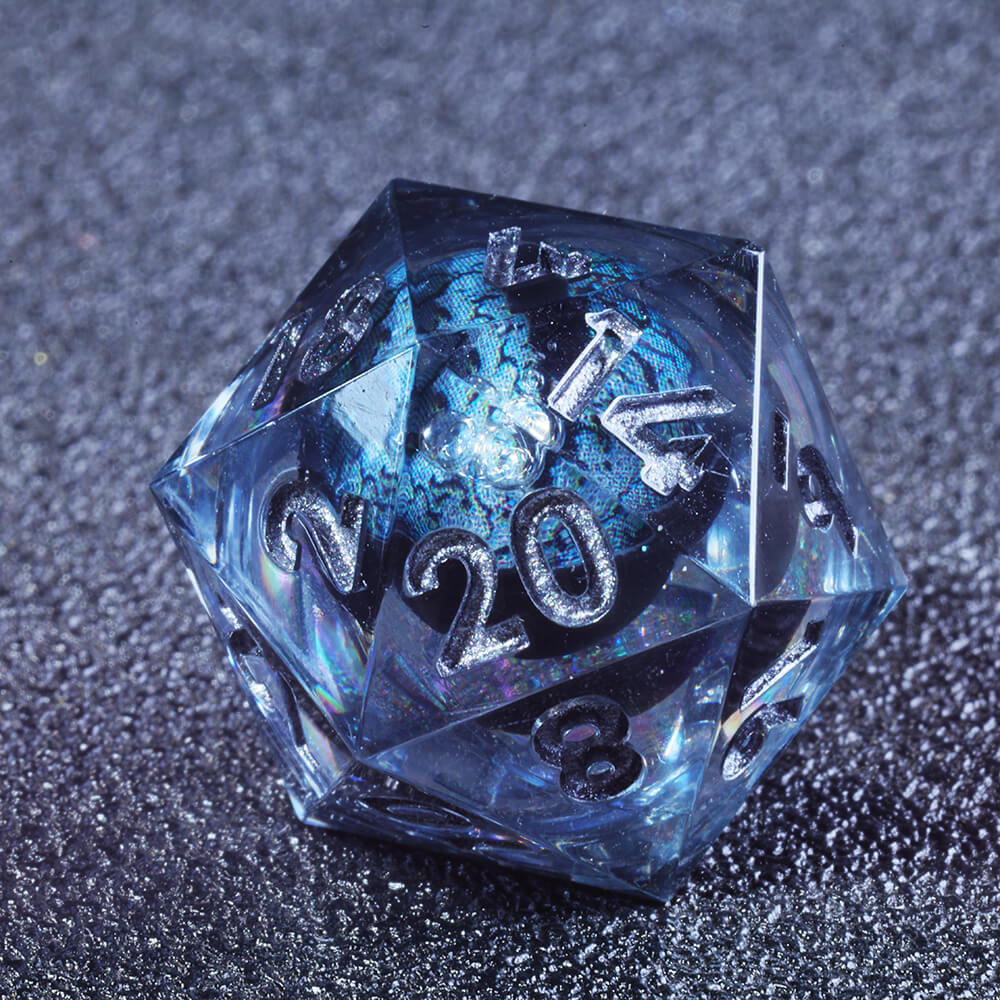African dragons are not as well known as their Western or Asian counterpart. In fact, these dragons look quite different from our traditional representation of dragons. Most African dragons have the appearance of giant snakes and depending on the story they sometimes have legs and sometimes not.
These snake-like dragons have appeared many times throughout African culture, whether in mythology, religion or tribal tales. Stories about these creatures have been found in countless towns and villages throughout Africa. So without further ado, let's discover the African Dragon together.
Aido-Hwedo: The Dragon that helped create the World


According to African legends, the world was created by Nana-Buluku, the first primal god. To help in the task, Nana-Buluku gave life to a companion named Aido-Hwedo, who was a rainbow serpent-dragon. The droppings of this dragon were used to create mountains and feed the earth so that plants could grow. Similarly, the dragon's twists created rivers and valleys.
Unfortunately, once the creation of the world was complete, it was so overloaded with plants, animals, and mountains that Nana-Buluku feared the world would collapse under its own weight. Aido-Hwedo offered his help by forming a large circular loop by biting his tail with his mouth and wrapping the world around it (as such it is an Ouroboros).
Since Aido-Hwedo could not stand the heat, Nana-Buluku created for a great ocean in which he could lived, and he stayed there. Red monkeys were then charged to feed him. But should the monkeys fail to provide enough food, Aido-Hwedo would become so hungry that he would eat his own tail eventually causing the entire world to collapse and disappear.
Mokele-Mbembe: The last Dinosaur


A quest to find living dinosaurs
Everyone knows that dinosaurs went extinct a long time ago; approximately 65 million years ago to be precise. These massive and powerful creatures are very popular and appeared in countless books, movies and video games. But what if they still existed today?
The idea that dinosaurs could still be alive captivated the public imagination for over a century. Sir Arthur Conan Doyle, creator of the famous Sherlock Holmes, published a novel in 1912 entitled "The Lost World". It was set in the remote Venezuelan jungle in which dinosaurs where still alive. Films and books like "Jurassic Park" were inspired by Conan Doyle's vision. In fact, the sequel to "Jurassic Park" was even entitled "The Lost World".
It was obviously fiction, but some believe that dinosaurs still linger, hiding in some deep jungles of Central Africa, and more precisely in the Democratic Republic of Congo. The area is said to be home to the Mokele-Mbembe, a gigantic, 35-feet long, amphibious dinosaur-like creature. It is often described with brownish skin and a long, flexible neck. According to legends, it lives in caves that it digs on the banks of rivers and feeds on elephants, hippos and crocodiles.
Origin of the Mokele-Mbembe
Dinosaurs have fascinated people all over the world, however, in that regard, Africa is unique because it is the only place where some people truly believe they can still be alive today. Daniel Loxton and Donald Prothero, who wrote "Abominable Science: Origins of Yeti, Nessie, and other Famous Cryptids" have researched the myth of Mokele-Mbembe in depth. They concluded that, although rumors of huge beasts hidden in the Congo region date back at least to the 16th century, the idea of an animal similar to an African dinosaur seems to have developed only after the discovery of fossil dinosaurs bones in the 19th century.
So, like many other places, Africa has many legends and rumors about some kind of unknown monsters living there. But the idea of a dinosaur-like animal called the Mokele-Mbembe is actually a creation of the 20th century (similarly to the Scottish Loch Ness monster).


The origin of the Mokele-Mbembe goes back to a 1909 book called "Beasts and Men", written by Carl Hagenbeck, showman and zoologist. In this book, Hagenbeck, reflecting on recently discovered dinosaur bones, raised the hypothesis that sauropods might still be alive in deepest parts Africa. He offered no evidence apart from legends and rumors, but this sensational claim was quickly picked up and spread by the press. For instance, a 1910 Washington Post article announced that "Brontosaurus Still Lives". It is this advertisement from the media that created the modern legend of Mokele-Mbembe.
In conclusion, the reports and legends surrounding the African dragon, are not the result of hard evidence, but rather "a distillation of many creative and varied stories from widely separated regions".

